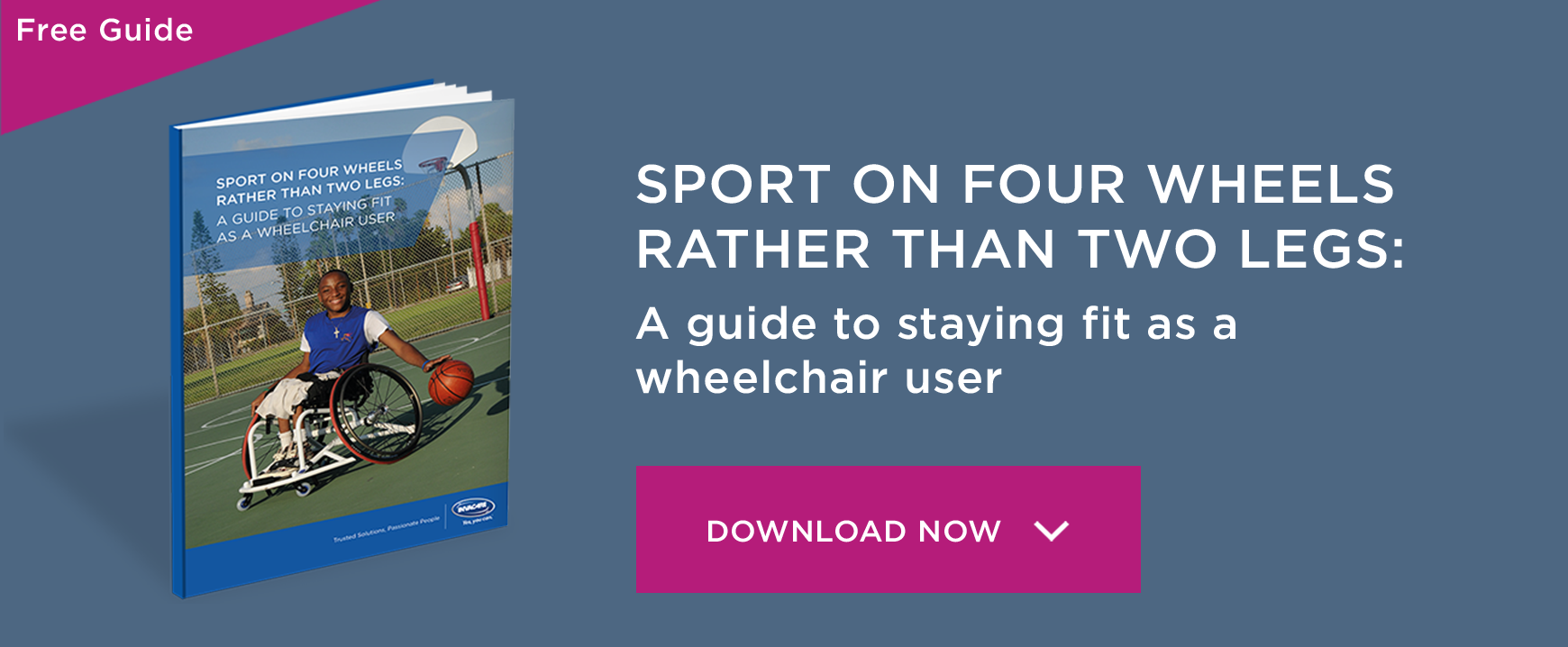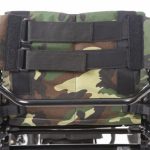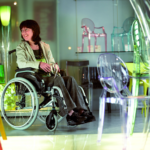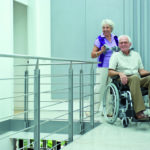Disability snowsport opportunities in the UK
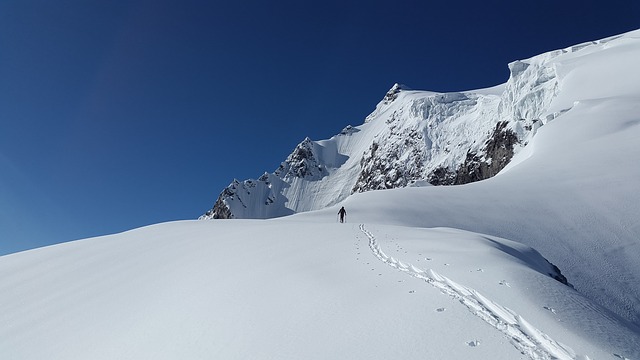
Are you an adrenaline junkie? Do you love the idea of flying down the side of a snowy mountain at high speeds? Did you think that being disabled meant you would not be able to take part in skiing or snowboarding? If so, you’ll be glad to know that, thanks to a range of disability snowsport opportunities in the UK, disabled people with all different kinds of impairments can now take part in snow sports.
Does this video give you chills?
Does it make you want to take part?
The organisation Disability Snowsport UK exists to help disabled people to take part in skiing and snow boarding in a way that suits them and their bodies. There are different types of accessible skiing that disabled people can take part in, depending on what their bodies can and can’t do. You might want to get involved with:
- Monoskiing: Ideal for people with strong and mobile upper bodies but problems with their legs or walking, a specially adapted ski is used that has a kind of seat for the user to sit in, which is attached to a single ski. Outriggers – a form of crutch that helps to steer the ski – are used.
- Biskiing: Biskiing can be the skiing option of choice for people with all different kinds of impairments. Also a seated form of skiing, with biskiing the seat is attached to two skis. Outriggers are used with biskiing, just like monoskiing.
- Three tracking: Three tracking skiing is so called because the skier leaves three tracks in the snow behind them. One ski and two outriggers leave these marks, allowing amputees, people with knee problems or people with one leg to take part in skiing.
- Four tracking: Four tracking – you won’t be surprised to learn – leaves four tracks in the snow behind the skier! Participants use two skis and two outriggers and four tracking skiing tends to be chosen by people who are able to stand but who would need the support of the four tracking set up to stay safely upright.
- Blind or visually impaired skiing: Guides are used to help blind and visually impaired skiers to go down the mountain safely, following or guided by a sighted, experienced skier.
- A final category allows people with learning disabilities, Down’s Syndrome, autism and more to take part in skiing, Usually guided by a more experienced skier, participants can enjoy the thrill of descending a snowy mountain at speed without the need to make too many judgement calls.
Also known as adaptive skiing, disability snowsports offer disabled people the chance to take part in thrilling activities, keep fit and participate in an activity that combines support with independence. There are four British ski schools that offer adaptive snowsports training for disabled sports fans, and these are the Cairngorm ski school, the Rossendale ski school, the ski school in Castleford and Chillfactore in Manchester.
The ability to enjoy disability snowsports in the UK is thanks in no small part to disabled people and supporters organising and developing new technologies and learning how to adapt this traditionally able-bodied sport so that it suits a range of bodies and capabilities.
Accessible snowsport opportunities are redefining spaces as truly for everybody. From the initial trailblazers to the individuals now taking part, and the volunteers who support them, disabled people have worked with non-disabled people to allow everybody to appreciate and get involved in the joy of snow sports and the buzz it can give its participants.
To find your local disability snowsport group, take a look at the Disability Snowsport UK website.


